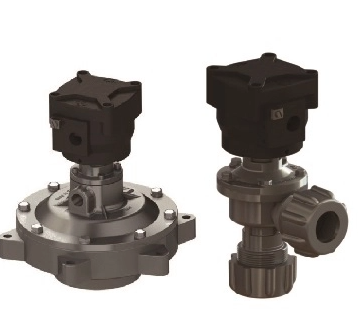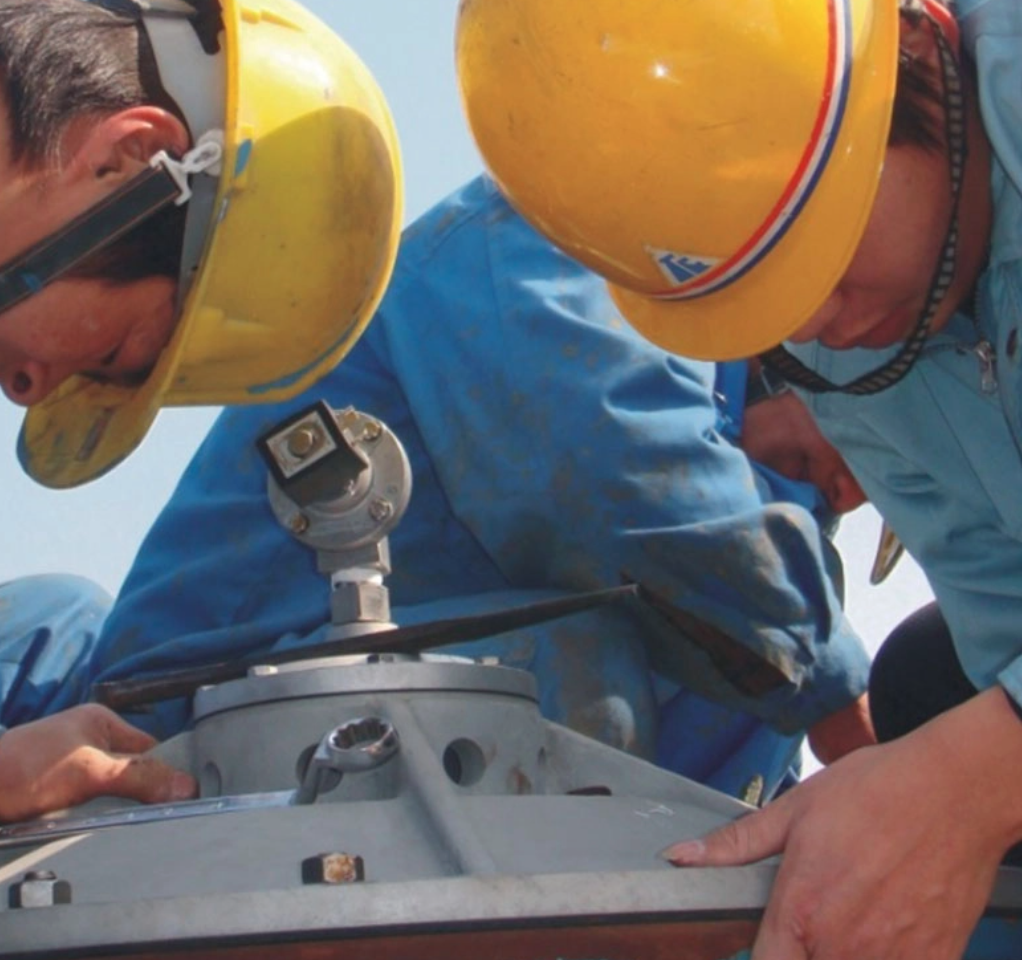Pulse valves are essential components in dust collection and filtration systems, playing a crucial role in maintaining the efficiency and longevity of filter bags and cartridges. Selecting the right pulse valve size is critical for ensuring optimal performance, reducing maintenance costs, and minimizing downtime. This comprehensive guide will walk you through the key factors to consider when choosing the right pulse valve size, common mistakes to avoid, and practical tips for making the best selection. Whether you are designing a new system or upgrading an existing one, this guide will help you make informed decisions.
Understanding Pulse Valve Basics
How Pulse Valves Work
Pulse valves operate by releasing compressed air in short, powerful bursts through a diaphragm or solenoid mechanism. The compressed air creates a shockwave that dislodges accumulated dust from the filter bags or cartridges, allowing them to function efficiently. The key components of a pulse valve include the diaphragm, solenoid, and valve body. The diaphragm controls the release of compressed air, while the solenoid ensures precise timing and actuation. The valve body houses these components and ensures proper airflow.
Why Size Matters
Selecting the correct pulse valve size is essential for achieving optimal performance in your dust collection system. Incorrect sizing can lead to several issues, including:
Inadequate Airflow: If the pulse valve is too small, it may not provide enough airflow to effectively clean the filters, leading to reduced efficiency and increased dust accumulation.
Excessive Airflow: Oversized valves can consume more compressed air than necessary, leading to higher operational costs and potential damage to the filter bags or cartridges.
Shortened Diaphragm Lifespan: Incorrect sizing can cause excessive stress on the diaphragm, leading to premature wear and tear and increased maintenance costs.
![Pulse Valves Pulse Valves]()
Key Factors in Selecting the Right Pulse Valve Size
Required Air Flow (CFM/LPM)
The required airflow is a critical factor in selecting the right pulse valve size. The airflow should be sufficient to clean the filter bags or cartridges effectively without causing damage. To calculate the required pulse volume, consider the following steps:
Determine System Airflow: Calculate the total airflow required for your dust collection system. This is typically measured in cubic feet per minute (CFM) or liters per minute (LPM).
Calculate Pulse Volume: Based on the filter area and air-to-cloth ratio, determine the required pulse volume. The air-to-cloth ratio is the ratio of airflow to the filter media area and is typically expressed in CFM per square foot of filter area.
Operating Pressure
The operating pressure of your compressed air system plays a significant role in pulse valve selection. Most pulse valves operate within a pressure range of 2-6 bar (70-120 psi). The pressure should be sufficient to provide effective cleaning without causing damage to the filter bags or cartridges. Ensure that the selected pulse valve can handle the operating pressure of your system.
System Volume and Pulse Duration
The system volume and pulse duration are also important factors to consider. The pulse duration should be optimized to ensure effective cleaning without wasting compressed air. Typically, pulse durations range from 0.05 to 0.2 seconds. The system volume should be matched with the pulse duration to ensure even distribution of the cleaning pulses across all filter bags or cartridges.
Filter Bag or Cartridge Specifications
The number of filters per manifold and the type of filters used will influence the required pulse volume. Consider the following:
Number of Filters: Determine the total number of filter bags or cartridges in your system.
Filter Type and Diameter: Different filter types and diameters may require different pulse volumes. Ensure that the selected pulse valve can provide the required airflow for your specific filter configuration.
Environmental Conditions
Environmental conditions such as temperature, humidity, and corrosive environments can impact the performance and longevity of pulse valves. Consider the following:
Temperature: Ensure that the pulse valve material can withstand the operating temperature of your system.
Humidity: In humid environments, consider using pulse valves with moisture-resistant materials.
Corrosive Environments: For applications in corrosive environments, select pulse valves made from materials such as stainless steel or PTFE-coated components.
Methods to Calculate the Right Pulse Valve Size
Using Manufacturer Flow Charts
Manufacturer flow charts are valuable tools for selecting the right pulse valve size. These charts provide detailed information on the airflow capacity and operating pressure ranges for different valve sizes. To use a flow chart, follow these steps:
Determine System Pressure: Identify the operating pressure of your compressed air system.
Locate Valve Size: On the flow chart, locate the valve size that corresponds to your system pressure.
Calculate Required Airflow: Based on the valve size and system pressure, calculate the required airflow to ensure effective cleaning.
Air-to-Cloth Ratio Method
The air-to-cloth ratio method is another effective way to determine the required pulse volume. This method involves calculating the required airflow based on the filter media area. Follow these steps:
Calculate Filter Area: Determine the total filter area of your system, measured in square feet.
Determine Air-to-Cloth Ratio: Based on industry standards and manufacturer recommendations, determine the appropriate air-to-cloth ratio for your application. Typical ratios range from 4:1 to 8:1.
Calculate Required Airflow: Multiply the filter area by the air-to-cloth ratio to determine the required airflow in CFM.
System Manifold Considerations
When multiple pulse valves are used in parallel on a manifold, it is essential to ensure even pulse distribution across all filter bags or cartridges. Consider the following:
Manifold Design: Ensure that the manifold design allows for even distribution of compressed air to all valves.
Valve Spacing: Proper valve spacing is crucial for effective cleaning. Ensure that the valves are spaced evenly along the manifold.
Consulting Technical Data Sheets
Technical data sheets provide detailed information on the performance characteristics of different pulse valve sizes. These sheets typically include information on airflow capacity, pulse duration, and operating pressure ranges. To use technical data sheets:
Identify Required Parameters: Determine the required airflow, pulse duration, and operating pressure for your system.
Compare Data Sheets: Compare the performance characteristics of different pulse valve sizes to select the one that best meets your system requirements.
![What We Do What We Do]()
Common Mistakes When Choosing Pulse Valve Size
Oversizing the Valve
Oversizing the pulse valve can lead to several issues, including:
Increased Compressed Air Consumption: Oversized valves consume more compressed air than necessary, leading to higher operational costs.
Shortened Diaphragm Lifespan: Excessive airflow can cause increased stress on the diaphragm, leading to premature wear and tear.
Undersizing the Valve
Undersizing the pulse valve can result in:
Ineffective Filter Cleaning: Insufficient airflow can lead to ineffective cleaning of the filter bags or cartridges, resulting in reduced efficiency and increased dust accumulation.
Increased Downtime: Inadequate cleaning can lead to system inefficiencies and increased downtime for maintenance.
Ignoring System Dynamics
Neglecting system dynamics such as system volume, piping length, or manifold restrictions can lead to:
Pressure Drop: Pressure drop can significantly impact the performance of the pulse valve, leading to reduced cleaning efficiency.
Inconsistent Performance: Ignoring system dynamics can result in inconsistent cleaning performance across all filter bags or cartridges.
Not Considering Future Expansion
When selecting a pulse valve size, it is important to consider potential future expansion of your system. Scalable valve selection ensures that your system can handle increased capacity without requiring significant modifications.
Practical Tips for Selecting the Right Pulse Valve Size
Verify Airflow Requirements and System Pressure
Always verify the required airflow and system pressure to ensure that the selected pulse valve size meets your system requirements. Use manufacturer flow charts and technical data sheets to make accurate calculations.
Consult with Valve Manufacturers or Suppliers
Consulting with valve manufacturers or suppliers can provide valuable guidance on selecting the right pulse valve size. They can offer insights based on their experience and expertise.
Perform a Test Run
If possible, perform a test run with the selected pulse valve size before final installation. This allows you to evaluate the performance and make any necessary adjustments.
Keep Maintenance and Ease of Replacement in Mind
When selecting a pulse valve size, consider the ease of maintenance and replacement. Choose valves that are easy to access and replace to minimize downtime during maintenance.
FAQs About Pulse Valve Size Selection
Can I Replace a Small Valve with a Larger One Without System Issues?
Replacing a small valve with a larger one can be done, but it is important to consider the system dynamics. Oversized valves can lead to increased compressed air consumption and potential damage to the filter bags or cartridges. Always consult with a valve manufacturer or supplier before making such a change.
Does the Number of Valves in a Manifold Affect Size Selection?
Yes, the number of valves in a manifold can affect size selection. Multiple valves working in parallel should be evenly spaced and designed to provide consistent pulse distribution across all filter bags or cartridges. Proper manifold design is crucial for optimal performance.
How Often Should I Recalculate Pulse Valve Size for System Upgrades?
It is recommended to recalculate the pulse valve size whenever there are significant changes to the system, such as increased airflow, additional filters, or changes in operating conditions. Regularly reviewing system performance and adjusting valve sizes as needed can ensure long-term efficiency and reduced maintenance costs.
Are Standard Valve Sizes Sufficient for All Industrial Applications?
While standard valve sizes are suitable for many industrial applications, some specialized systems may require custom solutions. Always consult with a valve manufacturer or supplier to ensure that the selected valve size meets your specific system requirements.
Conclusion
Selecting the right pulse valve size is critical for maintaining the efficiency and longevity of your dust collection system. By considering key factors such as airflow requirements, operating pressure, system volume, and environmental conditions, you can make an informed decision. Using manufacturer flow charts, technical data sheets, and consulting with valve experts can provide valuable guidance. Avoid common mistakes such as oversizing or undersizing the valve, and always keep maintenance and ease of replacement in mind. By following the tips and guidelines outlined in this guide, you can ensure that your pulse valve selection meets your system requirements and provides long-term benefits.























